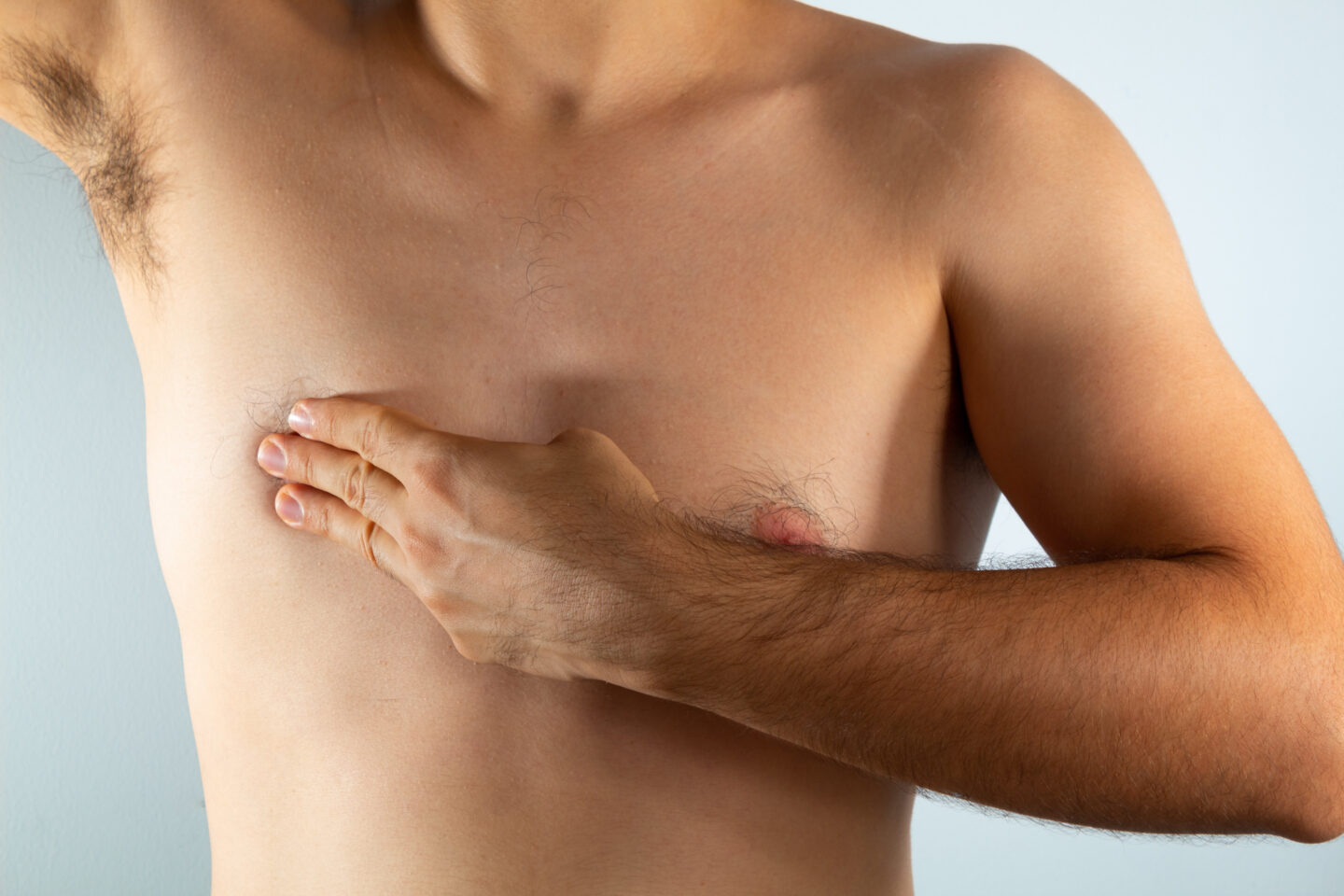Male breast cancer is, simply, breast cancer in men. has a lower survival rate and a higher mortality rate than female breast cancer.
Breast cancer in men is often diagnosed at a more advanced age and stage than in women. This may be related to psychosocial stigma or the low level of community awareness of the disease.
Having what most people see as ‘a woman’s disease’ significantly affects the male breast patient’s cancer experience. It can be difficult for these patients to connect with others, leaving them feeling isolated and alone.
Male breast cancer is rare: less than 1% of breast cancers diagnosed each year in Australia occur in men. It Approximately 1% of cancers that occur in men in Australia will be breast cancer.

MBC symptoms are similar to those experienced by women with a breast cancer diagnosis;
Once you see you GP with one or more of the symptoms listed above, they are likely to organise some simple investigations. These may include:
Other investigations may need to be performed. These are ordered on a case-by-case basis. They include:
In addition to these investigations, most men diagnosed with breast cancer will be referred to a genetic counsellor for investigation of their genes.
Treatment of male breast cancer depends on many factors, including where the cancer started, where it might have travelled and what it looks like under the microscope. There are multiple different ways to treat these cancers, and these will be discussed with you. Some of the possible treatments include:
In addition, you may be offered participation in a clinical trial.


